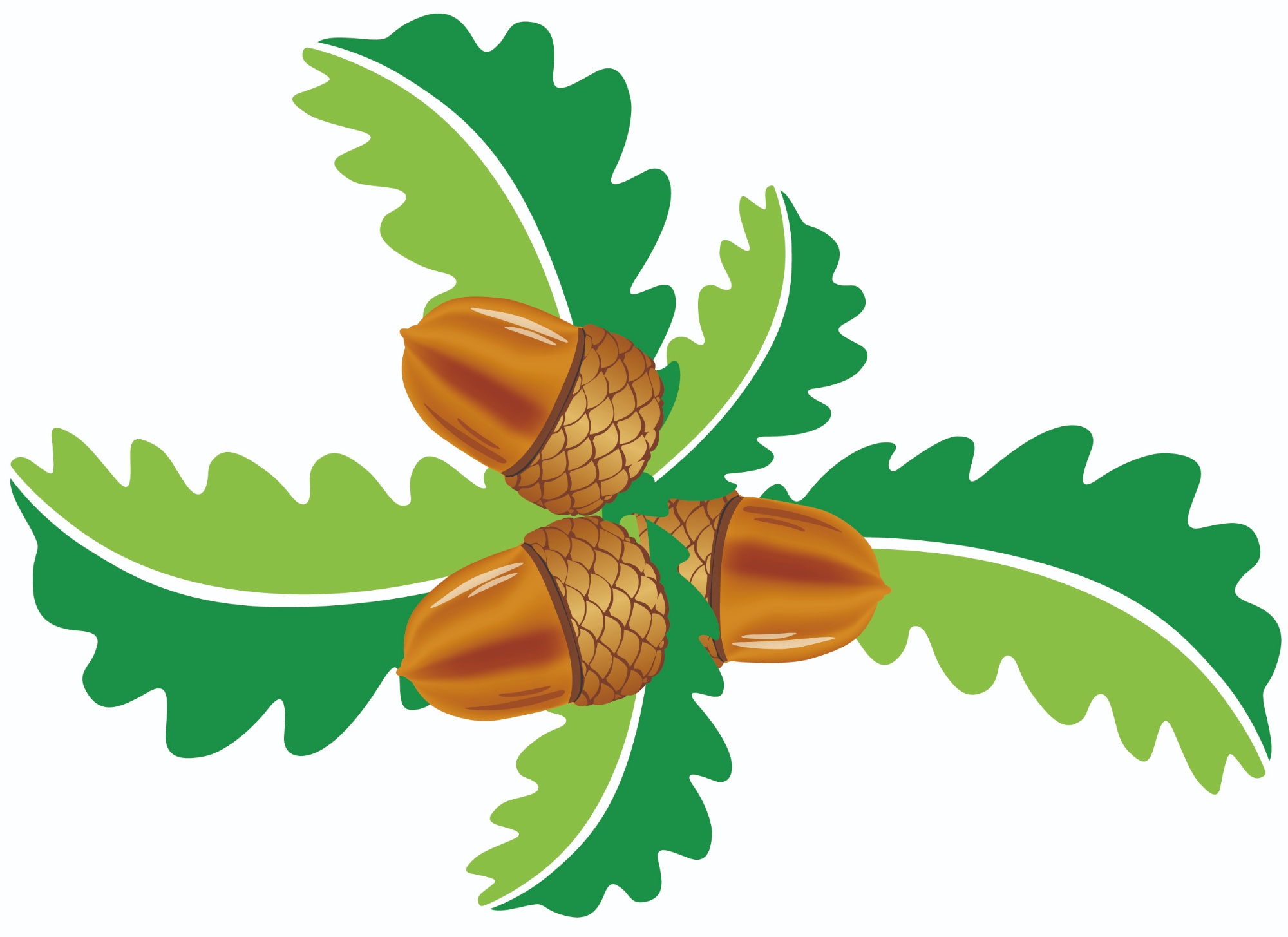Design and Technology
Curriculum Intent
The Design and technology scheme of work aims to inspire pupils to be innovative and creative thinkers who have an appreciation for the product design cycle through ideation, creation, and evaluation. We want pupils to develop the confidence to take risks, through drafting design concepts, modelling, and testing and to be reflective learners who evaluate their work and the work of others. At Oakdale, we aim to build an awareness of the impact of design and technology on our lives and encourage pupils to become resourceful, enterprising citizens who will have the skills to contribute to future design advancements. Our Design and technology scheme of work enables pupils to meet the end of key stage attainment targets in the National curriculum and the aims also align with those in the National curriculum. EYFS (Reception) units provide opportunities for pupils to work towards the Development matters statements and the Early Learning Goals.
Implementation: How DT is taught
The Design and technology National curriculum outline the three main stages of the design process: design, make and evaluate. Each stage of the design process is underpinned by technical knowledge which encompasses the contextual, historical, and technical understanding required for each strand. Cooking and nutrition have a separate section, with a focus on specific principles, skills and techniques in food, including where food comes from, diet and seasonality.
Oakdale’s DT curriculum has a clear progression of skills and knowledge within these five strands across each key stage. We use KAPOW to ensure the lessons follow the National Curriculum and is progressive through the year groups. We use Chris Quiqley Milestones to ensure key skills are covered and in the right order.
Our progression of skills shows the skills and knowledge that are taught within each year group and how these skills develop to ensure that attainment targets are securely met by the end of each key stage.
Through our Design and technology curriculum, pupils respond to design briefs and scenarios that require consideration of the needs of others, developing their skills in six key areas:
- Mechanisms
- Structures
- Textiles
- Food
- Electrical systems (KS2) and
- Digital world (KS2)
Each of our key areas follows the design process (design, make and evaluate) and has a particular theme and focus from the technical knowledge or cooking and nutrition section of the curriculum. Knowledge organisers for each unit support pupils in building a foundation of factual knowledge by encouraging recall of key facts and vocabulary.
Assessment
Once the children have completed the project or series of lessons, they are asked to evaluate this, thinking about the skills they have used throughout. Teachers then use their knowledge through the unit to make assessment judgements, using the milestone statement to support this judgement.
Useful websites
https://www.stem.org.uk/primary/resources/collections/design-technology
https://omny.fm/shows/fun-kids/playlists/techno-mum-fun-kids-guide-to-technology
https://www.designtechnology.org.uk/for-education/primary/
https://www.bbc.co.uk/teach/ks1-design-and-technology/zfycmfr
https://www.bbc.co.uk/teach/ks2-design-and-technology/zvb8hbk
